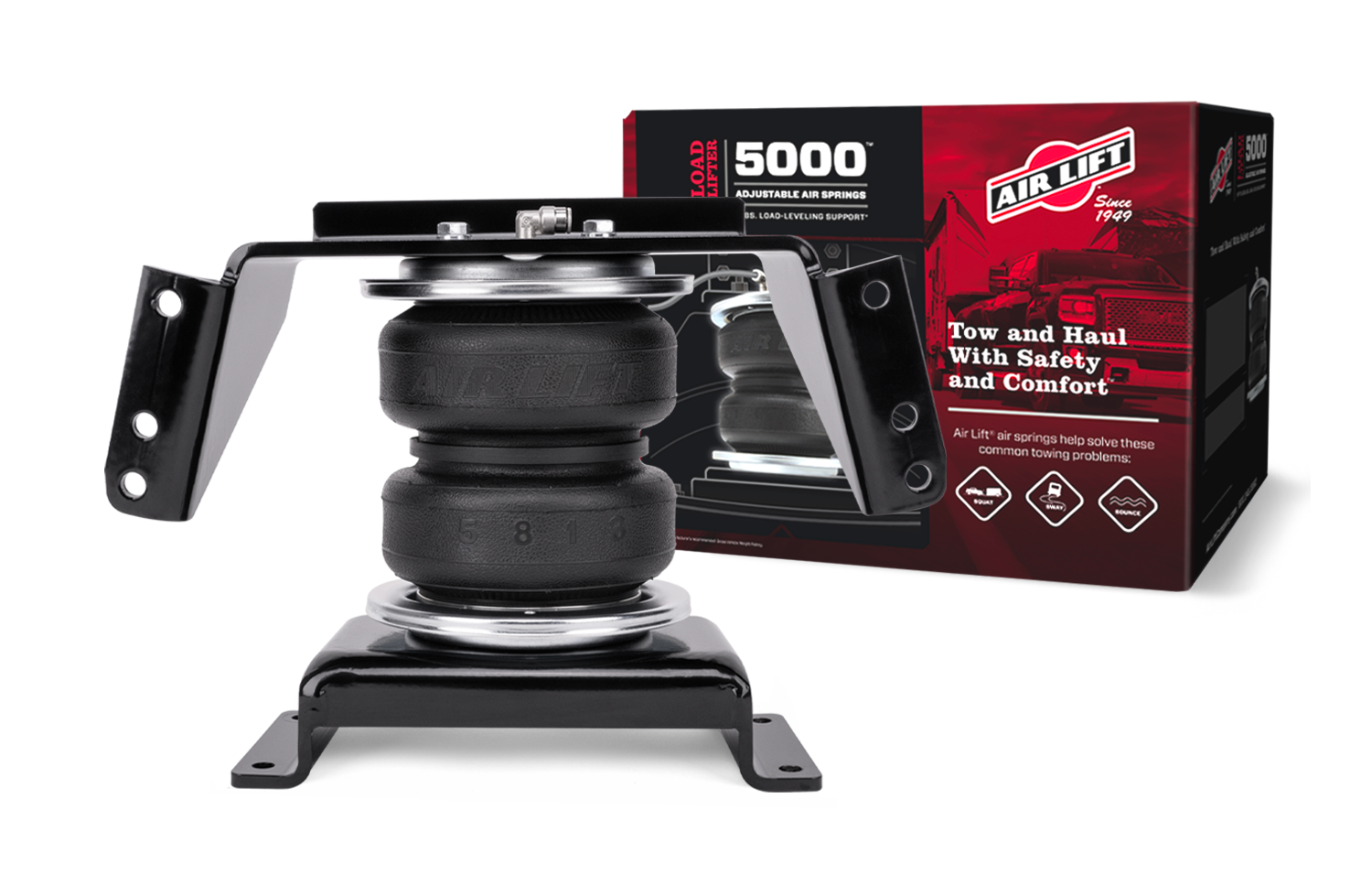
Autonomous vehicles (AVs) have been part of the talk of the automotive industry for many years now as many manufacturers explore driverless features and technologies. While many vehicles on the road today boast some built-in autonomous capabilities, widespread adoption of AVs still needs to catch up.
Thus far, the level of automation needed to have genuinely driverless vehicles on the road has yet to be attainable. The technologies required to build full AVs are not advanced enough to safely put the average consumer in an AV, as it could have devastating safety implications.
Despite the need for more research and development, AVs are much closer to being widely used than ever. There are some specific factors contributing to increasing adoption rates. For example, it was only recently that L3 traffic-jam pilots received regulatory approval, according to McKinsey.
In 2016, a Colorado-based experiment referred to as a “driverless beer run” showed promise for AVs. The experiment involved a driver operating a trailer full of Budweiser beer travelling 120 miles. During the drive, the operator retired to the sleeper and let the trailer drive itself — and the results were positive. There were no injuries or deaths and the autonomous trailer was capable of braking and even using its turn signals while switching lanes.
In Ontario, the Windsor-Ottawa Preferred CAV Test Corridor identifies more than 5,000 km of road in more than 30 Ontario municipalities for the safe testing of connected and automated vehicles.
Right now, there are some mainstream vehicles with automated features. For example, lane assist, automatic parallel and reverse parking, adaptive cruise control, traffic jam assist and brake assist are some standard features drivers enjoy using.
Before AVs become a staple in the automotive space, other automated technologies could benefit drivers and consumers, from automated parking garages and smart meters to autonomous ridesharing and food delivery.
6 limitations delaying AV adoption
Despite the experiment and Level 3 AVs receiving approval, several factors still contribute to the slow adoption of AVs worldwide. Here is a short list of some limitations delaying AV adoption.
- Consumer distrust: Consumers still need to trust AVs or perceive them as safe, affordable vehicles. Automotive industry members must educate the public and show hard data proving AVs come with a slew of safety benefits.
- Weather conditions: Attempts to have AVs safely drive through poor, undesirable weather conditions is something the industry has yet to overcome. Rain, snow and sleet can make roads slippery, icy and potentially dangerous. It’s still unclear how an AV would transport passengers without succumbing to these unsafe weather snafus.
- Construction and congestion: Similar concerns exist for construction zones and traffic congestion. How can AVs follow detours or avoid construction zones? It’s possible that remote traffic monitoring tools or IoT-based sensors for traffic management could make AVs safer in congested areas.
- Financial limitations: There are several financial concerns automakers have regarding AVs. For example, transportation and logistics companies would have to spend upwards of $250,000 for a single autonomous trailer. These high costs have pushed some companies to redeploy investment toward battery electric technology over AVs.
- Regulations: Regulatory requirements are considered a significant bottleneck in the AV sector. According to the Center for Strategic & International Studies, Levels 4 and 5 AVs do not currently fit into existing regulatory frameworks, meaning there needs to be a paradigm shift in the automotive safety industry. Creating the appropriate regulatory requirements for AV manufacturers is crucial if widespread adoption is the ultimate goal.
- Cybersecurity risks: Another concern players in the AV sector have is cybersecurity. While new technologies such as advanced cloud security or vulnerability management tools help mitigate cyber risks, AVs rely on an array of sensors, devices and electronic components. How will AV manufacturers safeguard these elements from potential cybersecurity threats? In a recent podcast with Auto Service World, Peter Watkins, chief operating officer at Toronto-based QA Consultants, discussed how companies like his are working to shore up autonomous cyber security.
When to expect widespread AV adoption
While automotive industry professionals view AVs as the vehicles of the future, the industry is grappling with some serious complications in bringing AVs to the masses. The level of automation approved for transportation is not up to speed and it’s been challenging for manufacturers to make a business case for the hefty investments organizations would have to make to adopt AVs.
According to the National Highway Traffic Safety Administration, it won’t be until 2025 or beyond until AVs become more widely adopted. Since L3 vehicles earned regulatory approval, 2023 seems to be the year for progress in this level of automation. L4 — and hopefully — L5 vehicles will likely be available within the next decade or so.
The future of the global AV market
Manufacturers will spend a lot of time, money and energy growing the AV market in the next few years. Expect more companies — and consumers, as a result — to adopt AVs after 2025.
Leading, tech-driven businesses in the auto sector will need to meet regulatory requirements, convince consumers that AVs are safe, overcome financial limitations and find solutions to some of the industry’s current challenges.
The AV market’s performance in the next decade will all be up to these factors.
Devin Partida is the Editor-in-Chief of ReHack.com and a freelance writer. Devin covers business technology, fintech and auto tech.












Leave a Reply